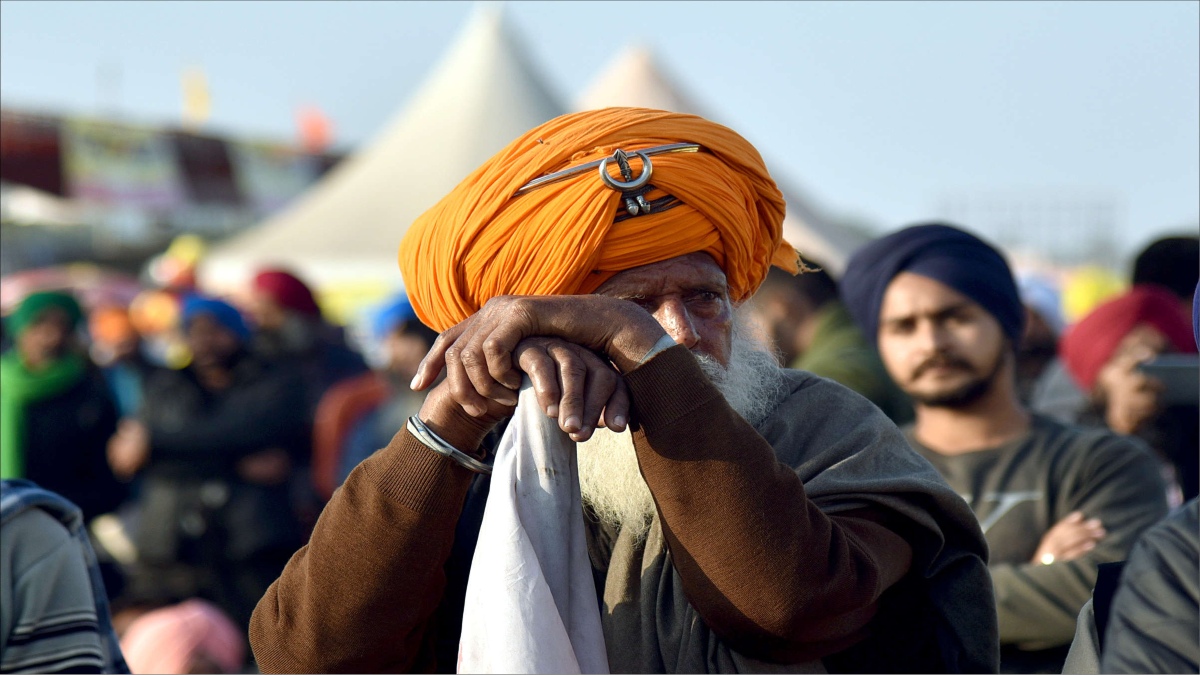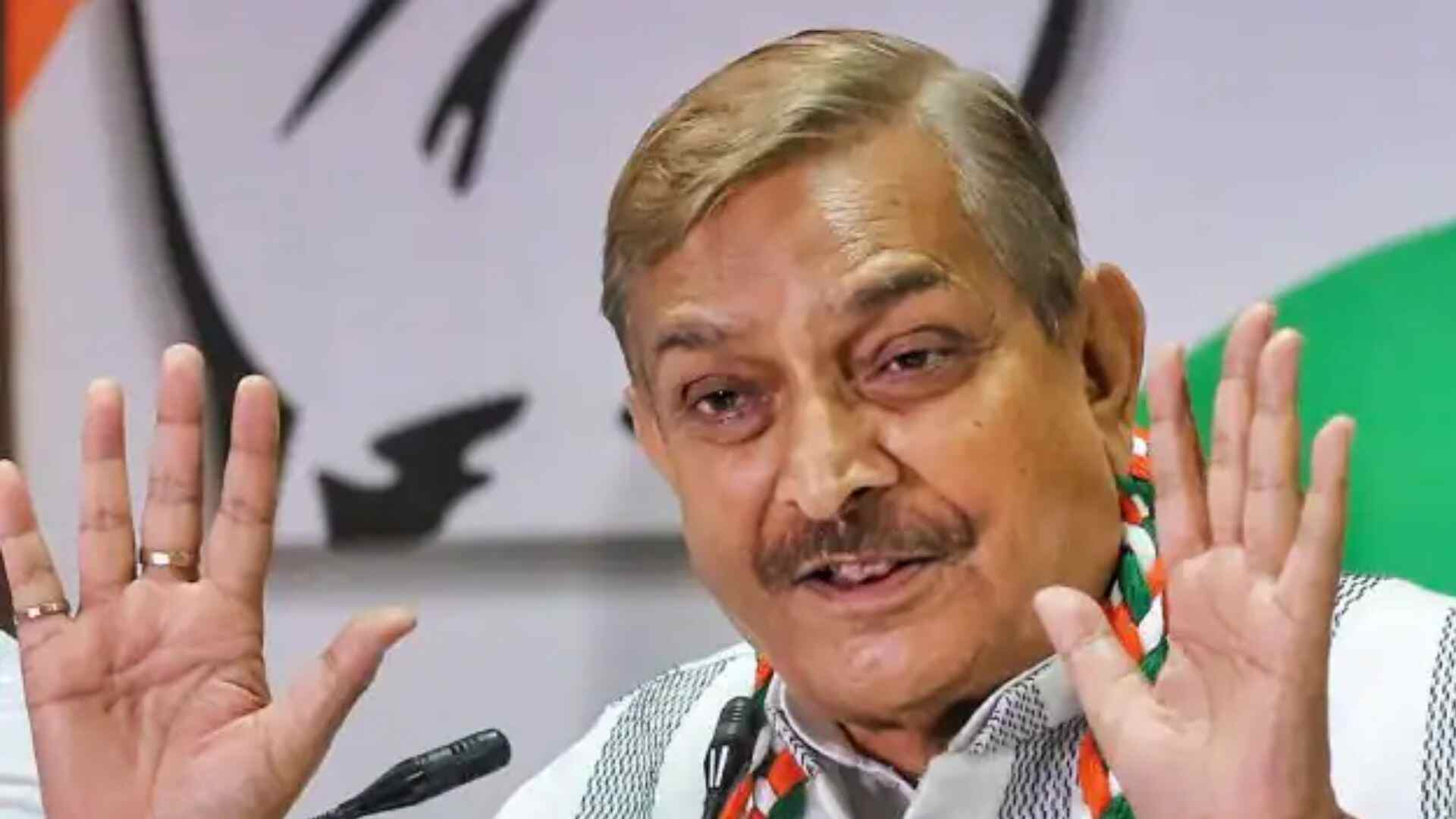
The farmers continue to protest at the gates of the capital city and the government is unrelenting. What price would each side pay and is it going to be just their exclusive loss or loss for the whole nation? Whenever any government encounters this situation, it gracefully takes a few steps backward and diffuses agitations in the larger interests of the nation which it is mandated to serve and protect. How to avoid agitations is an art of governance, not a craft of politics!
The current government’s inclination for open markets is not a secret anymore and no citizen can have any objection to it as long as it is proved that protective shields, subsidies and quotas which have nurtured incremental reforms at the farm since the new economic policy of 1991 have actually harmed the nation and in their dismantling lies a progressive future. Ironically, much research in this direction has insisted on reforming APMC and the processes of MSP but not their undoing. To turn the farmlands of this country into a free trade area on the logic that it will benefit 119 million farmers and 144 million farmlands is to suggest that farmlands have an economics separate from that of a farmer. Whereas, an Indian farmer bonded emotionally in his terrain, his animals and his family is embedded in a particular agrarian culture. Land for him is the greatest emotional bond to his homeland. India can boast of this embeddedness which has given an Indian farmer one of the most resilient agrarian systems in the world despite little government support.
Agriculture is a new weapon of international politics and as the land becomes scarce and population continues to expand its ominous cover over prime agricultural areas, there is need to protect not just the farms but also the farmers. The recent panic outmigration from cities back to villages and the state’s brutal measures on treating them as corona carriers, spraying them with sanitizers and isolating them as untouchables despite the fact that they proved to have stronger immune systems than a city rich and powerful, demonstrates that cities are insecure abodes. Can the government accommodate millions of small farmers in cities once their small landholding is looked down upon as a productive hurdle by a monopolist eyeing the farmer’s produce for his hypermarket. The small and marginal farmers whose landholding size is less than 1.5 hac or an average around .6 hac are more than 86% but are sowing only 47% of country’s land or around 75 m.hac agricultural land. On the other side a mere 13% medium farmers having landholdings between 2 and 10 hac crop around 43% land. These small and marginal farmers hold the key to resilient food produce for the nation and also a great resilience against major agri-disasters like the ones which occur on capitalist driven farms such as the US, the model which the government is infatuated with.
One could learn from the experience of other countries where farmers have paid an enormous price in their transition to market agriculture. The tomato crop failure of the 1960s which pushed a large majority of US farmers into debt and penury was attributed to the introduction of an exotic wild gene to a regular farmer’s tomato plant to increase its shelf life for supermarkets. After the crop disaster, scientists returned to the Amazon forests from where that gene was extracted from a wild berry shrub only to find that area deforested. Since then United States has passed through several agri-disasters and crop failures in which farmers have lost multi-billion dollars of agriculture and agri-property. Customising farm produce through science and modern laboratories to serve hypermarkets is a natural concomitant of providing access of hypermarkets to the farmer. If farmers are protesting, it is their fear due to the absence of protective measures like MSP which is their insurance against such exotic, less researched laws.
The government has increased such fears amongst farmers by missing on outreach processes and manoeuvring the consultative process. There is a severe lack of trust which deepens as government continues to discredit their contribution to the nation which they have made as soldiers and food growers with allegations of Khalistani, tukde-tukde gang and anti-national forces. Farmers are infuriated and their battle lines grow stronger as their internal rifts are sold as a faulty logic of the agitation.
Let’s believe for a moment that the farmers’ Acts have no bad intention and it is for their sustainable economic welfare. How are motives appearing in the Acts also call for deep research. In 2015-17, the tribals of a small hill town Churchanpur in Manipur protested for two years against three bills for fear that the Manipur government led by the valley tribe Meitei may steal their land. The government assured them that it was not their intention. The three Bills namely the Protection of Manipur People’s Bill, the Manipur Land Revenue and Land Reforms (Seventh Amendment) Bill and the Manipur Shops and Establishments (Second Amendment) Bill. The agitation in the Imphal valley demanded implementation of inner line permit (ILP) in Manipur which appeared uncalled and consequently triggered an agitation of 600 days with eight dead bodies of their young boys kept in the morgue of their city hospital for the long duration. Finally, the bills were withdrawn by the former President, late Pranab Mukherjee, for further consultation and revision to dispel fears which also called off the agitation.
One can understand a small farmer’s life in a village through his embeddedness in a particular culture of an agrarian life. Karl Polanyi’s famous book, The Great Transformation, was written in 1944 but it captured the real nature of a market. Markets are mostly embedded in our society and generate commodities which contribute to social relationships besides producing sustainable livelihood. Polanyi called them fictitious commodities as they were not having cash values but immense value to weave social relations that built community resilience. The government has to be extra careful when a market is replaced by another system of transactions. Ironically the farmers’ Acts have not understood the huge spread of these embedded agrarian community markets that builds a true nation if not a country. The British Royal Commission of Agriculture in India under Lord Linlithgow (1928) ignored the same aspect of an Indian farmer and pushed our country to an irretrievable crisis of the countryside for which we continue to pay even till today. Let us not ignore that agri-reforms are immensely needed but these reforms are needed ‘with the farmer’ not perceived as given ‘for the farmer’.
The writer is president, NAPSIPAG Disaster Research Group, and former Professor, JNU, Delhi. The views expressed are personal.
Agriculture is a new weapon of international politics and as the land becomes scarce and population continues to expand its ominous cover over prime agricultural areas, there is need to protect not just the farms but also the farmers. The recent panic outmigration from cities back to villages and the state’s brutal measures on treating them as corona carriers, spraying them with sanitizers and isolating them as untouchables despite the fact that they proved to have stronger immune systems than a city rich and powerful, demonstrates that cities are insecure abodes.















